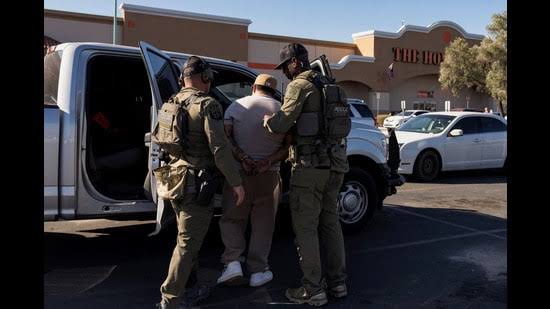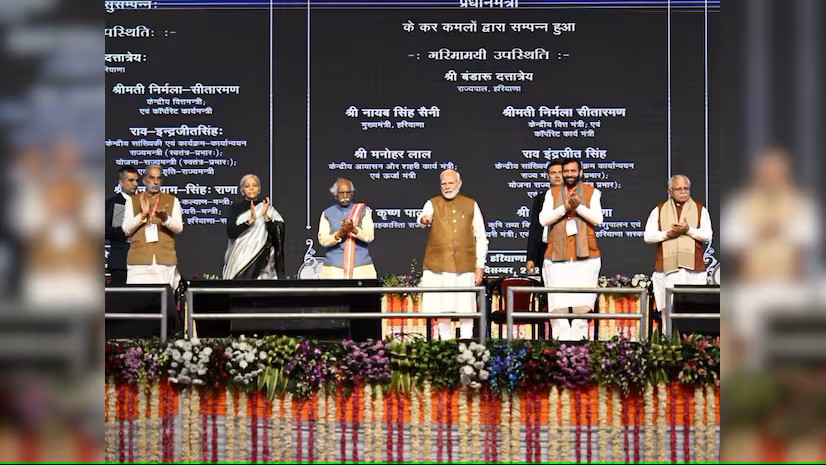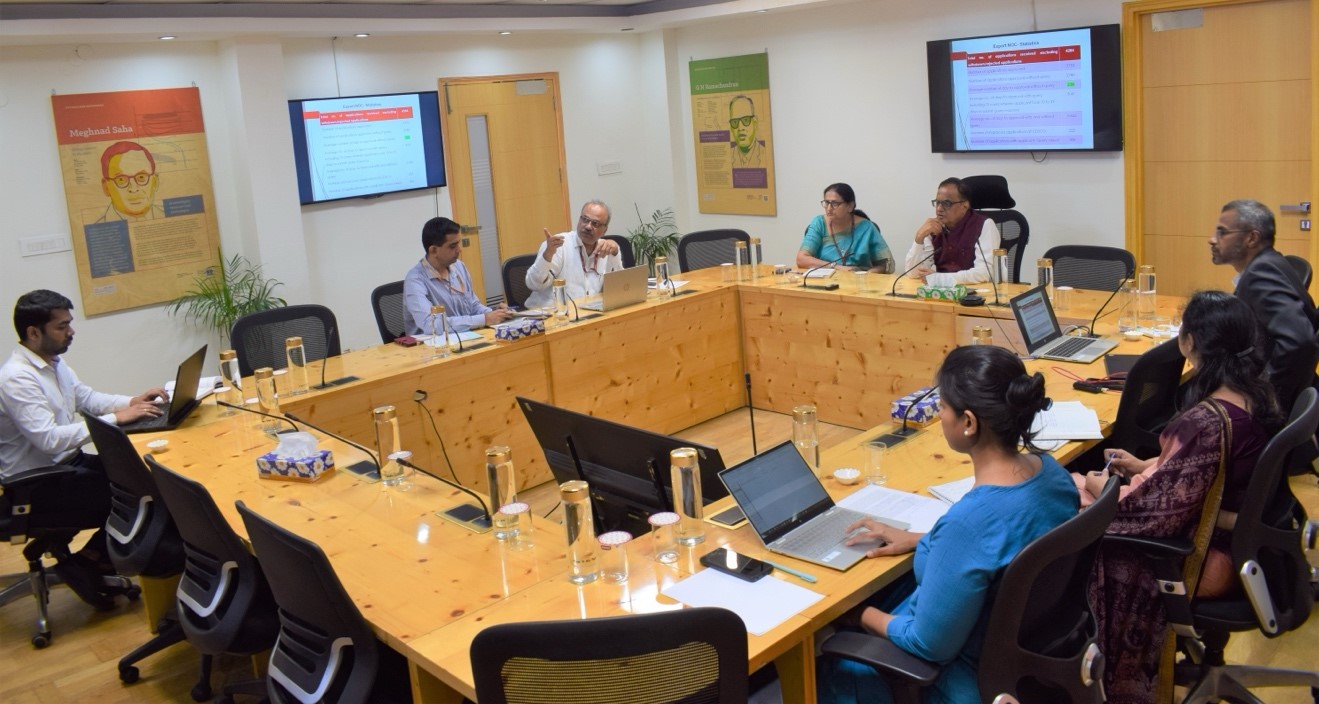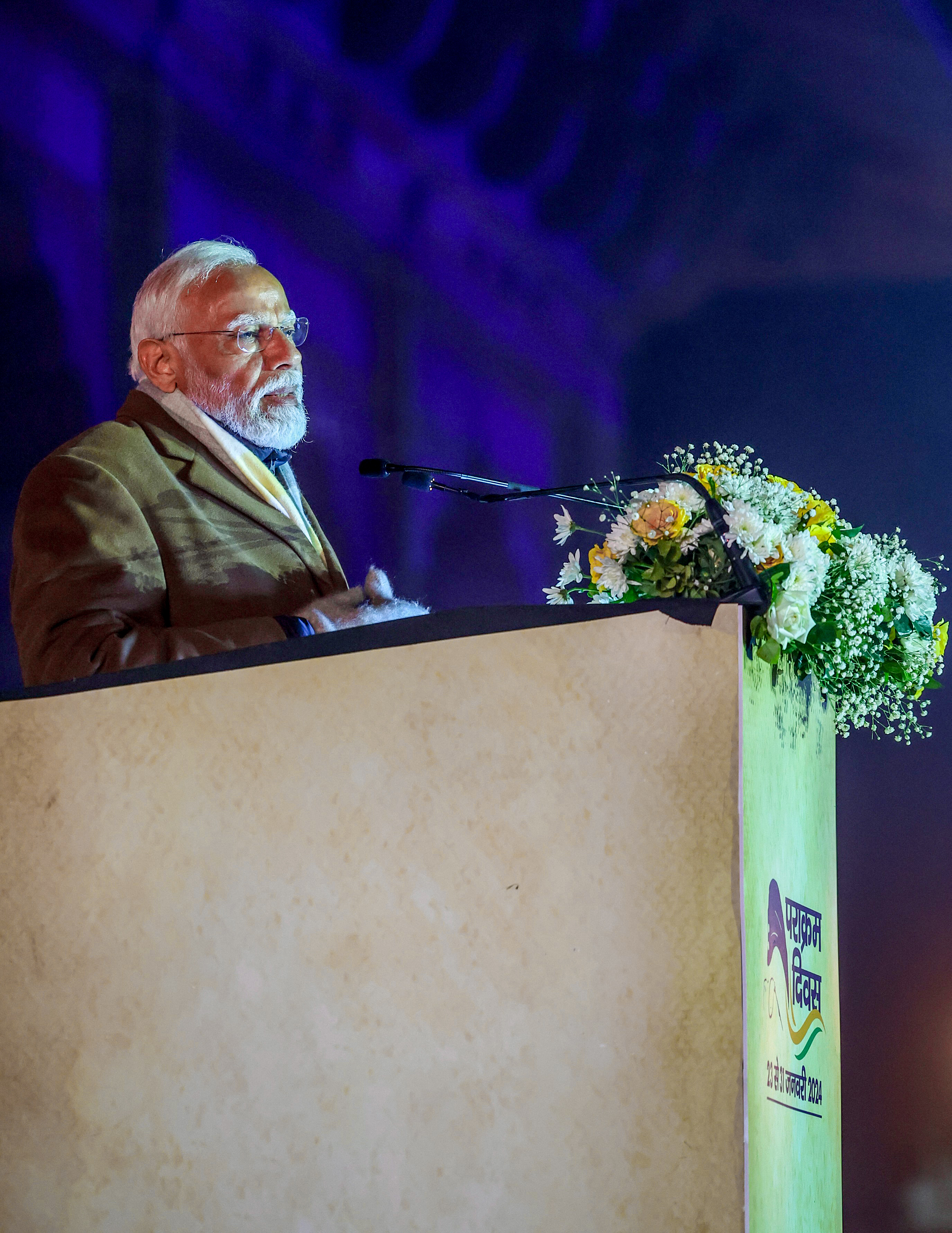A U.S. military aircraft carrying deported Indian migrants is on its way to India as part of former President Donald Trump’s aggressive crackdown on illegal immigration. The flight marks the latest effort by U.S. authorities to enforce stringent border policies, with India cooperating to facilitate the return of its citizens. Reports indicate that around 18,000 Indians have been identified for deportation, though the actual number could be much higher.
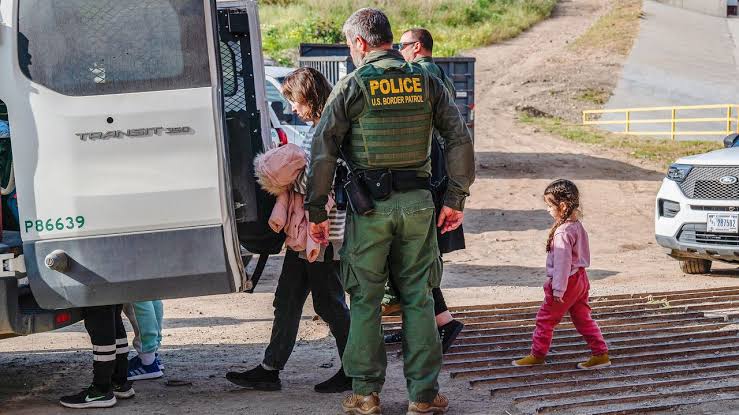 The deportation process, particularly the use of military aircraft, has sparked concerns over its high cost. A recent flight to Guatemala reportedly cost nearly $4,675 per migrant. Despite the financial burden, the Trump administration has remained firm on its stance, citing national security and border enforcement as key priorities. The Indian government, for its part, has reiterated its commitment to taking back its nationals, provided their identity is verified. Officials stress that illegal immigration often intersects with organized crime, making it a global challenge that requires cooperation between nations.
The deportation process, particularly the use of military aircraft, has sparked concerns over its high cost. A recent flight to Guatemala reportedly cost nearly $4,675 per migrant. Despite the financial burden, the Trump administration has remained firm on its stance, citing national security and border enforcement as key priorities. The Indian government, for its part, has reiterated its commitment to taking back its nationals, provided their identity is verified. Officials stress that illegal immigration often intersects with organized crime, making it a global challenge that requires cooperation between nations.
For the deported migrants, the journey back home is not just a physical return but an emotional and financial setback. Many had spent years building lives in the U.S., hoping for a stable future, only to face detention and forced repatriation. Families back in India now grapple with the uncertainty of reintegration, as many return with few resources and limited job prospects.
Illegal migration from India to the U.S., though relatively small compared to Latin American nations, has been on the rise. A significant number of Indian migrants attempt crossings at the northern U.S. border, with some relying on dangerous and costly smuggling routes. U.S. Customs and Border Protection data shows that Indians accounted for about 3% of all unlawful crossings in 2024, but at certain points of entry, they made up nearly a quarter of all apprehensions.
The broader implications of these deportations extend beyond individual migrants. As the U.S. tightens its immigration policies, concerns grow over the impact on bilateral relations. With Prime Minister Narendra Modi set to visit the U.S. soon, discussions on immigration are expected to be on the agenda. Meanwhile, Trump’s decision to freeze USAID funding is already raising concerns about disruptions to health and education projects in India, potentially affecting thousands who rely on these initiatives.
Amid the political and policy debates, the human cost remains stark. Many deported migrants return to India with heavy hearts, uncertain of what the future holds. Their dreams of a better life in the U.S. have been abruptly cut short, leaving them to navigate an uncertain path

